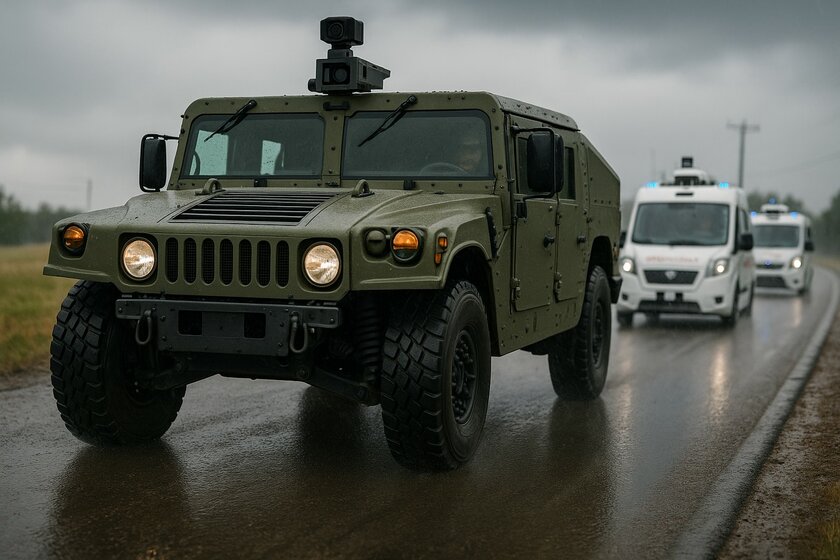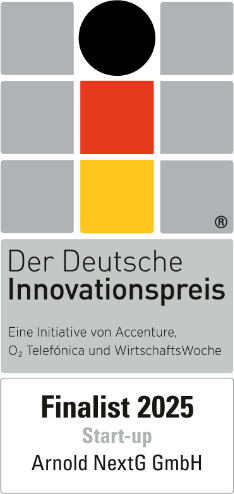
When Safe Means Operational
Redundancy, Degradation, and Safety in Autonomous Systems
Trusting machines — only when they’re built for failure
Autonomous systems in critical environments — whether military convoys, humanitarian response vehicles, or infrastructure shuttles — must operate under pressure. Not in perfect lab conditions, but in the real world: under cyberthreats, in extreme weather, after a power surge or a component failure.
This is where real autonomy begins. Not with AI or GPS, but with a system architecture that anticipates failure and stays operational anyway. At Arnold NextG, that architecture rests on three pillars:
- Redundancy
- Degradation management
- Mission-level safety logic
1. Redundancy: The foundation of trust
Redundancy means every safety-critical component exists more than once – and can instantly take over when its counterpart fails. In the NX NextMotion system, redundancy is not passive. It’s active and intelligent, including:
- Dual independent steering actuators
- Redundant power supply paths and safety batteries
- Parallel communication channels (CAN-FD and CAN-XL)
- Dedicated fail-operational computing units
“Redundancy is not required for a vehicle to work. But it is essential for us to trust it to keep working when something goes wrong.”
– Volvo Autonomous Solutions, VNL Autonomous Safety Concept, 2025
2. Degradation logic: Not just detecting failure – managing it
Redundancy answers the “what if” — but degradation answers the “what now?”
Arnold NextG’s Degradation Concept ensures that when a fault is detected, the system actively adapts — not just shutting down, but stepping down intelligently.
All of this is certified under functional safety standards (ASIL D / SIL3) and developed according to ISO 21434 for cybersecurity. These aren’t fallback mechanisms. They’re mission-critical control strategies designed for real-world field operations.
3. Safety Architecture: From component status to scenario logic
Arnold NextG doesn’t just ask, “Is this component working?” — we ask, “What happens to the mission if this fails?” This scenario-based logic leads to a distributed safety approach, including:
- Independent subsystems for steering, propulsion, and braking
- Distributed ECUs with onboard diagnostics
- “Black channel” communication safeguarding against signal corruption
- 250 ms self-checks during live operation with error-state memory
The result: A platform that monitors itself, anticipates failures, and acts before they escalate.
Real-world impact: Autonomy that keeps moving
Whether in a military convoy, under cyberattack, or in a post-disaster aid mission, systems like NX NextMotion ensure that the vehicle keeps operating safely even when parts of it fail. That’s not just reliability. That’s designed resilience — built into the platform from day one.
Conclusion: True safety is designed for failure – and still performs
Autonomous mobility cannot rely on ideal conditions. It must function when the mission depends on it – under stress, during faults, and without external help. Redundancy, degradation, and safety logic are not optional features. They are the defining traits of trustworthy autonomous systems. And with NX NextMotion, Arnold NextG delivers not only compliance – but confidence. Because when everything else breaks down, mobility must not.




